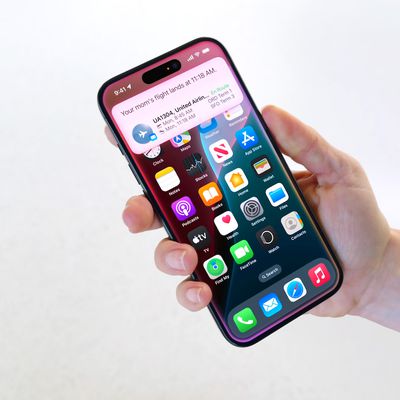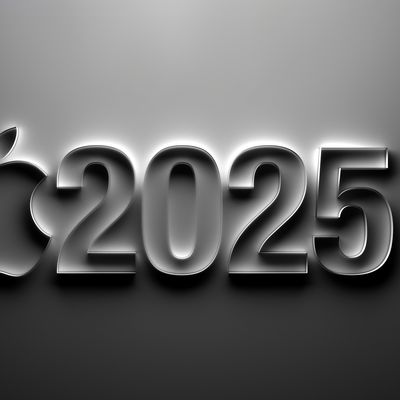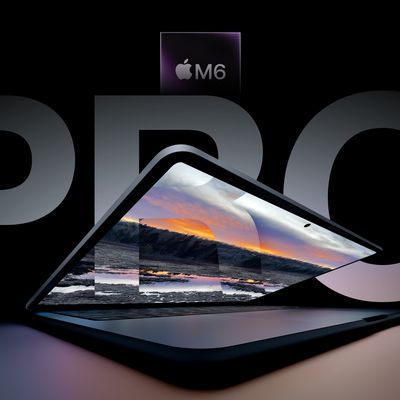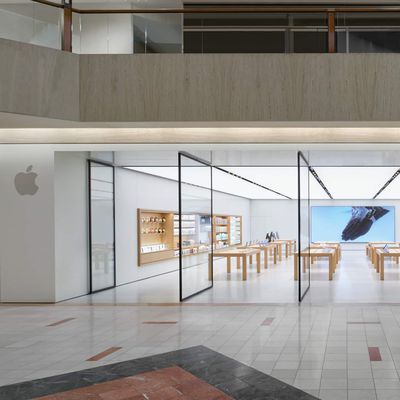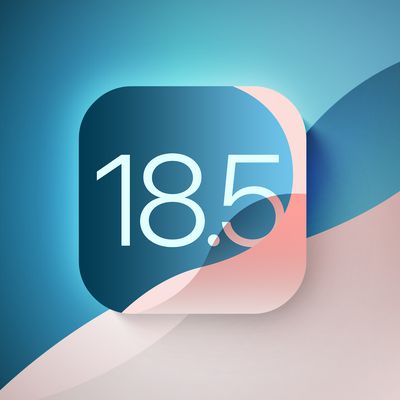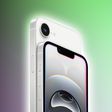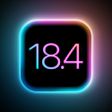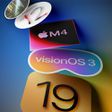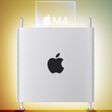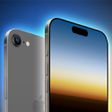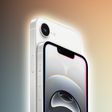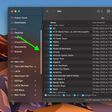2018 MacBook Pros Have New 'Titan Ridge' Thunderbolt 3 Controller, But DisplayPort 1.4 Isn't Truly Supported
Earlier this week, the repair experts at iFixit opened up the 2018 MacBook Pro, uncovering Intel's new JHL7540 Thunderbolt 3 controller, introduced earlier this year as part of its "Titan Ridge" family.
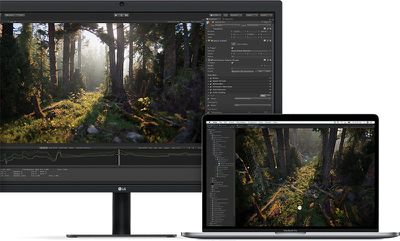
While the specifications for the JHL7540 lists compatibility with DisplayPort 1.4 on Intel's product database, it's not as clear-cut as it sounds, as support also relies on graphics, which vary by MacBook Pro model.
MacRumors reached out to Apple for clarification. Here's what we learned:
- The new 15-inch MacBook Pro with Touch Bar models support DisplayPort at High-Bit Rate 3 (HBR3), a signal standard of both DisplayPort 1.3 and DisplayPort 1.4. Apple says the dedicated Radeon Pro graphics can drive up to two 5K displays at 60Hz, each over a single stream.
- The new 13-inch MacBook Pro with Touch Bar models support DisplayPort at High-Bit Rate 2 (HBR2), a signal standard of DisplayPort 1.2. This is a limitation of the Iris Plus Graphics 655 in these models, as Intel's integrated GPUs do not support DisplayPort 1.4.
What that means:
- The new 15-inch MacBook Pro theoretically supports DisplayPort 1.4, which Apple confirmed, but at least for now, it still can't drive an 8K display. It could be possible with VESA's lossless Display Stream Compression standard, perhaps, but it's unclear if this can be enabled down the road.
- For now, then, the new 13-inch and 15-inch models have the same compatibility with external displays as the previous-generation MacBook Pro: up to two 5K displays or up to four 4K displays on the 15-inch model, and up to one 5K display or up to two 4K displays on the 13-inch model.
For comparison, 2016 and 2017 MacBook Pro models are equipped with Intel's JHL6540 Thunderbolt 3 controller, which supports DisplayPort 1.2.
In related news, Apple has also confirmed that all four Thunderbolt 3 ports on the new 13-inch MacBook Pro with Touch Bar are now full speed, compared to only the two left-facing ports on the equivalent 2016 and 2017 models.
Popular Stories
A new report from The Information today reveals much of the internal turmoil behind Apple Intelligence's revamped version of Siri.
Apple apparently weighed up multiple options for the backend of Apple Intelligence. One initial idea was to build both small and large language models, dubbed "Mini Mouse" and "Mighty Mouse," to run locally on iPhones and in the cloud, respectively. Siri's...
Apple may have updated several iPads and Macs late last year and early this year, but there are still multiple new devices that we're looking forward to seeing in 2025. Most will come in September or October, but there could be a few surprises before then.
We've rounded up a list of everything that we're still waiting to see from Apple in 2025.
iPhone 17, 17 Air, and 17 Pro - We get...
Apple in October 2024 overhauled its 14-inch and 16-inch MacBook Pro models, adding M4, M4 Pro, and M4 Max chips, Thunderbolt 5 ports on higher-end models, display changes, and more. That's quite a lot of updates in one go, but if you think this means a further major refresh for the MacBook Pro is now several years away, think again.
Bloomberg's Mark Gurman has said he expects only a small...
On this week's episode of The MacRumors Show, we catch up on the latest iOS 19 and watchOS 12 rumors, upcoming devices, and more.
Subscribe to The MacRumors Show YouTube channel for more videos
Detailed new renders from leaker Jon Prosser claim to provide the best look yet at the complete redesign rumored to arrive in iOS 19, showing more rounded elements, lighting effects, translucency, and...
YouTube channel Front Page Tech is back today with another video that provides a closer look at iOS 19's alleged design changes.
The video contains re-created renders of iOS 19, which are allegedly based on real footage of the software update, provided by sources within Apple. Overall, iOS 19 is expected to have a more glass-like, visionOS-inspired design, with added translucency for user...
Apple will be permanently closing its store at the Northbrook Court shopping mall in the Chicago suburb of Northbrook on April 26, the company has announced.
Apple has added the following notice to the store's web page:Thank you Northbook. Apple Northbrook is closing on April 26 at 7pm. We're still here for you. Please visit apple.com/retail to find your nearest store.Apple Northbrook opened ...
Apple released the first beta of iOS 18.5 last week, and so far the software update includes only two minor changes.
The changes are in the Mail and Settings apps.
In the Mail app, you can now easily turn off contact photos directly within the app, by tapping on the circle with three dots in the top-right corner.
In the Settings app, there is some new AppleCare+ information.
For ...
Apple's current struggles with Apple Intelligence and Siri began in early 2023 when AI head John Giannandrea sought approval from CEO Tim Cook to purchase more AI chips for development, according to a new report from The New York Times.
Cook initially approved doubling the team's chip budget, but CFO Luca Maestri reportedly reduced the increase to less than half that amount, and instead...
Along with an iPhone "Fold," Apple is believed to be working on a larger foldable device that's somewhere around 19 inches, and one analyst suggests it could arrive as soon as late next year alongside Apple's rumored foldable iPhone.
In a new research note covering likely post-tariff scenarios for Apple, investment firm GF Securities' lead analyst Jeff Pu says that both 18.8-inch and...



